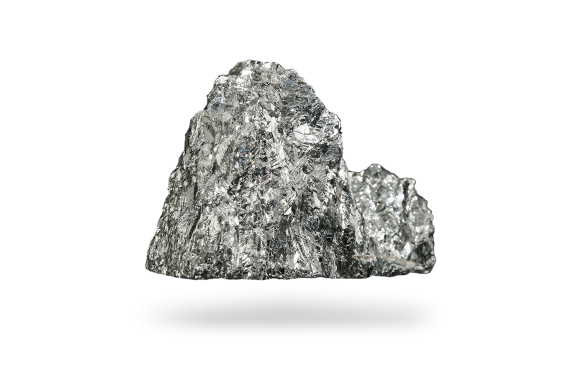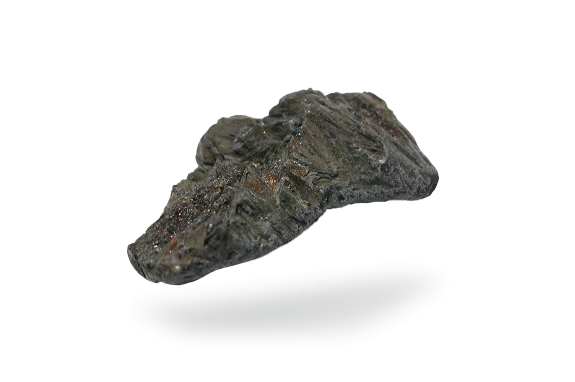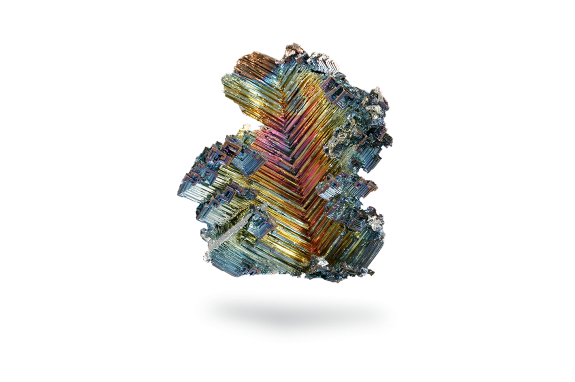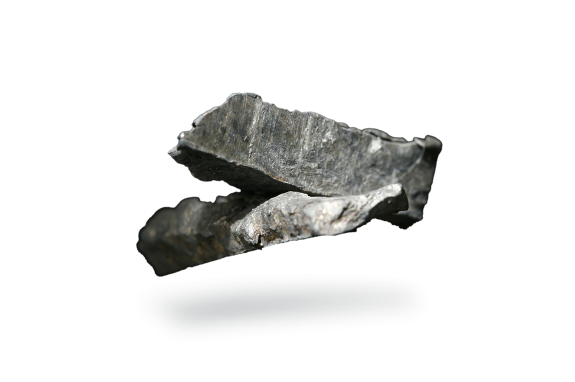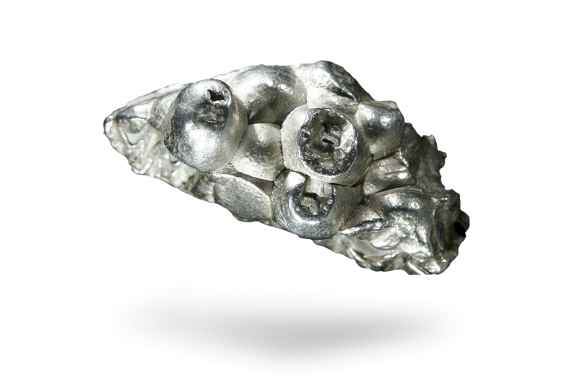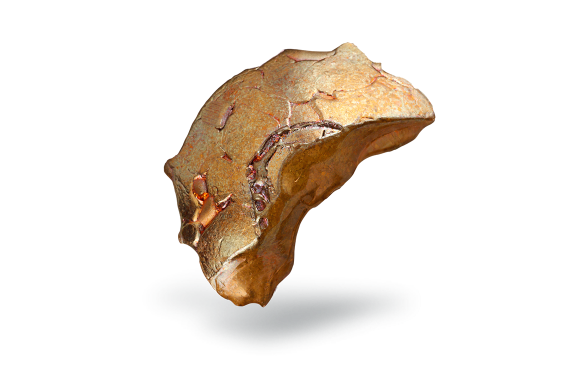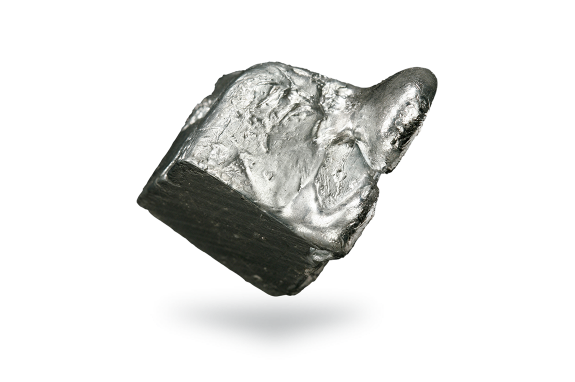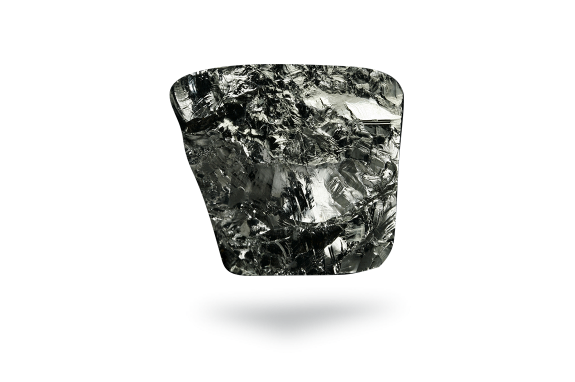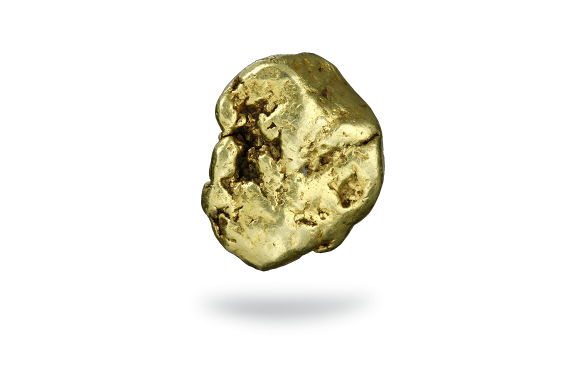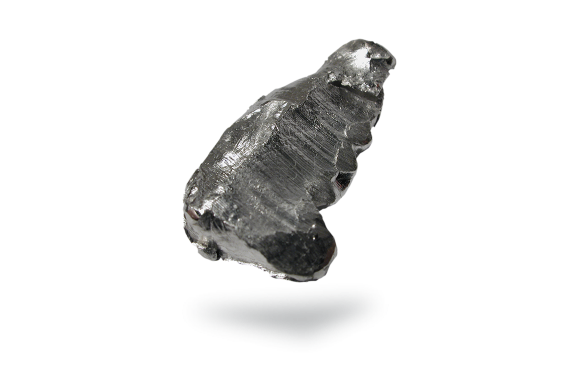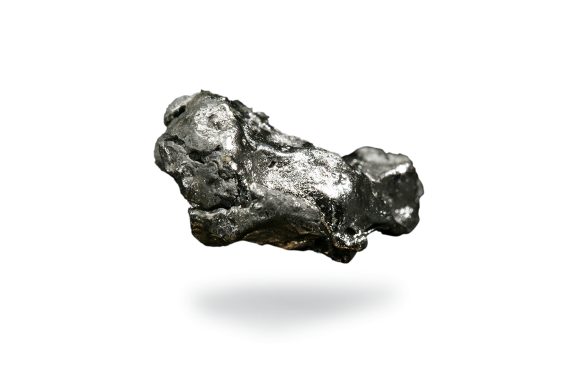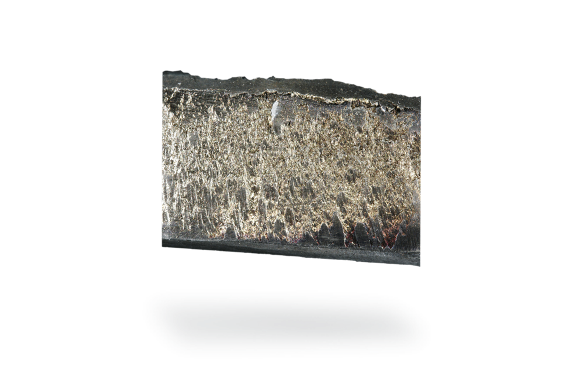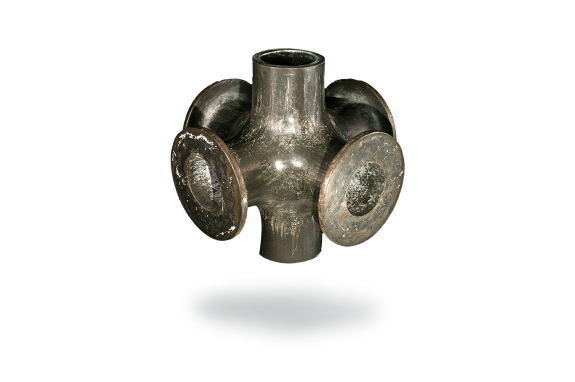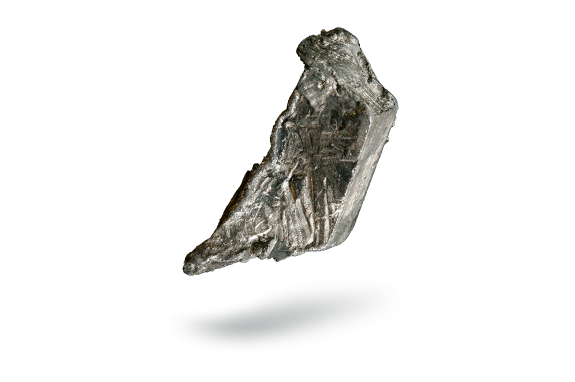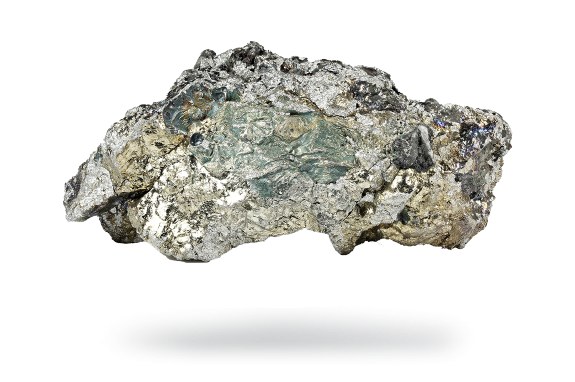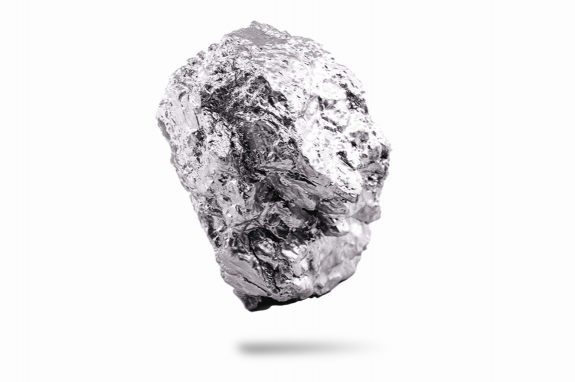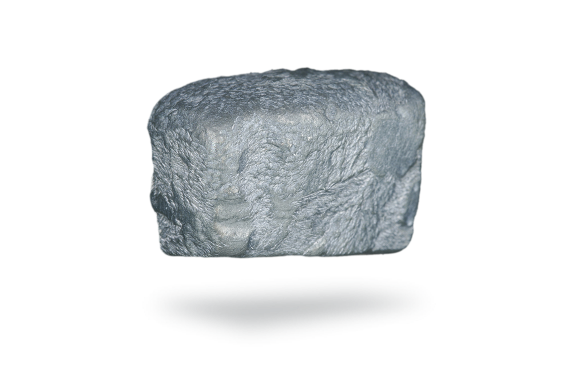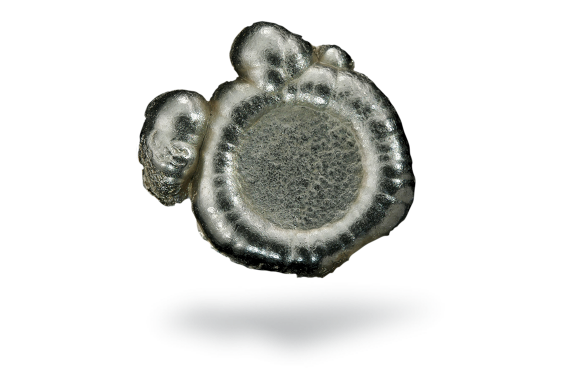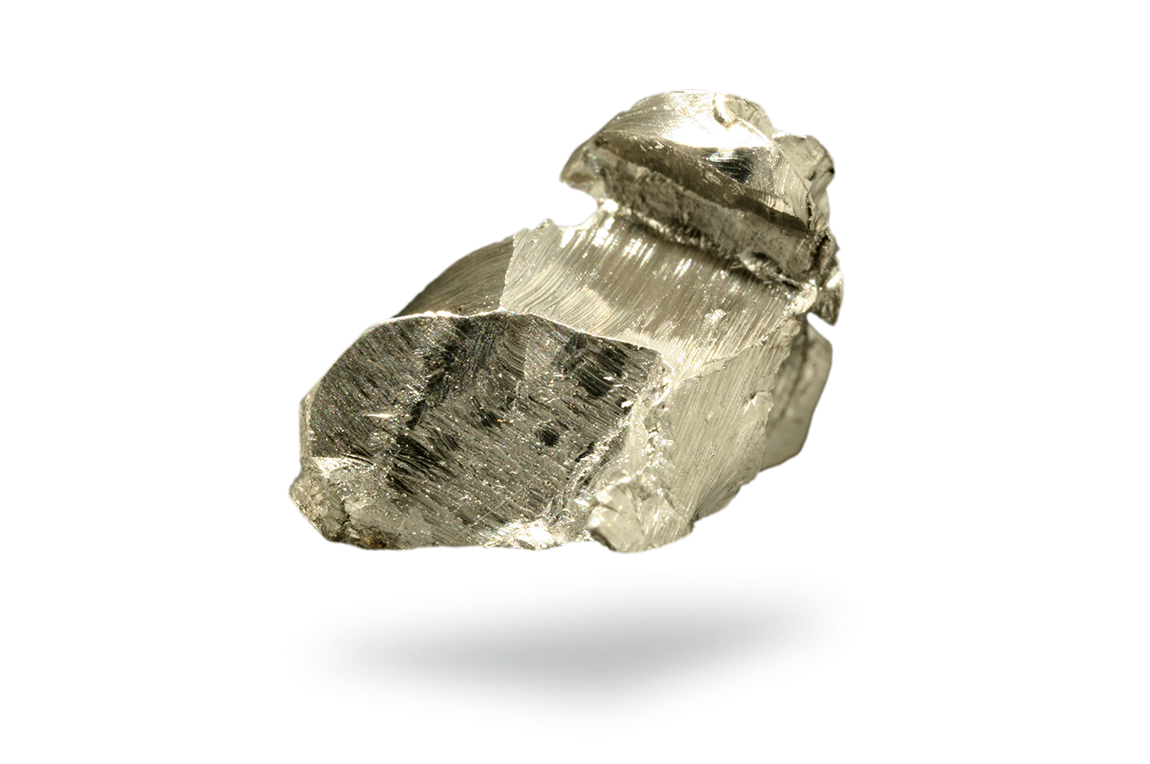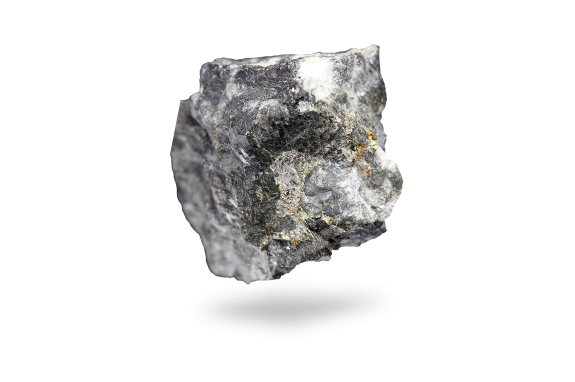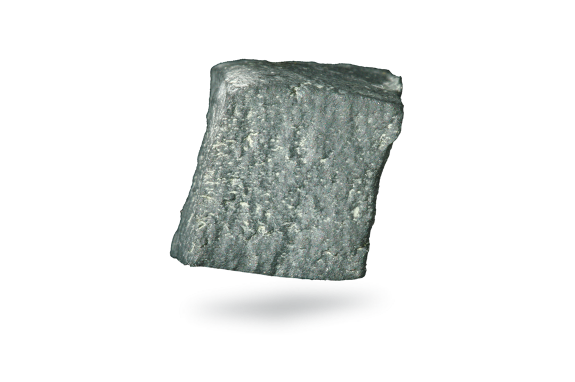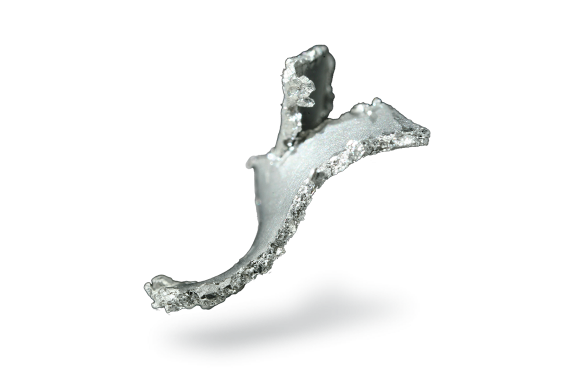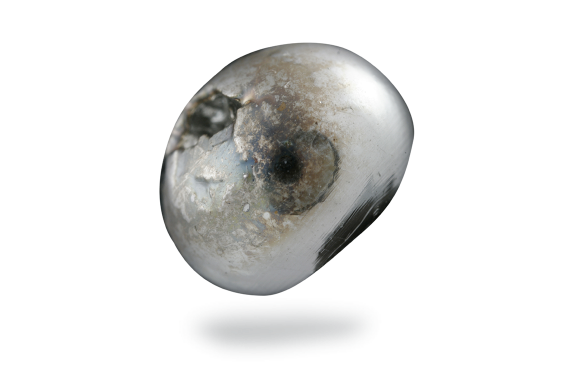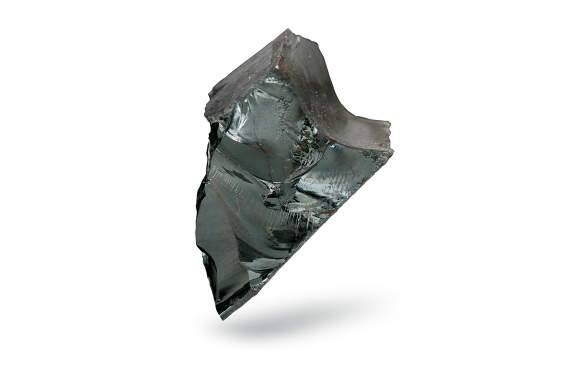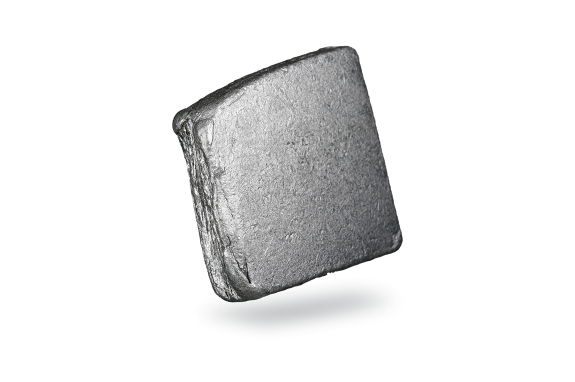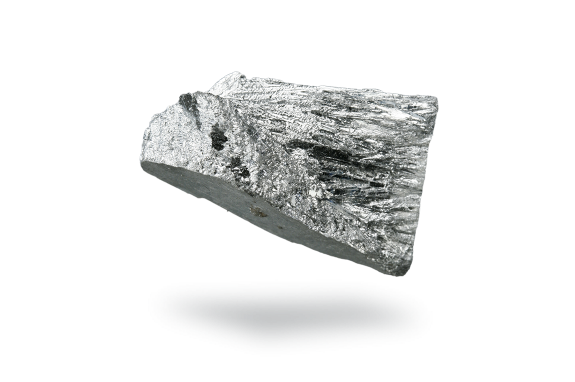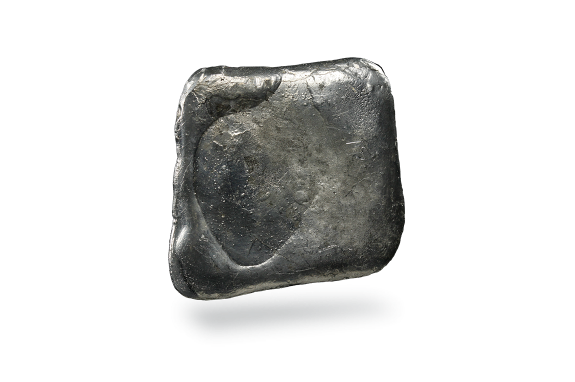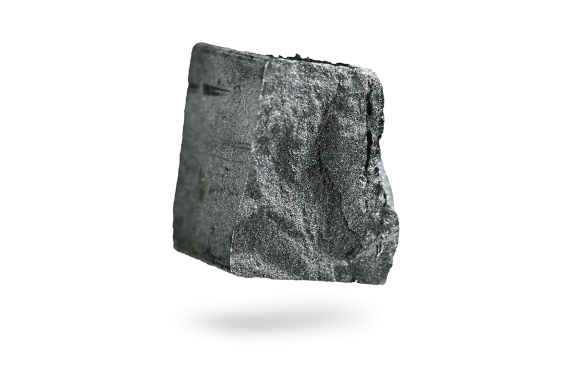Silver
This metal needs no introduction. Silver has been known since ancient times, but its usage is more recent than that of gold. The cupellation process, which is the refining process in metallurgy when ores or alloyed metals are treated at very high temperatures to separate noble metals such as gold and silver from base metals such as lead and copper, is believed to have been developed in the 6th or 7th century BC, while the metal itself was used as a currency as early as 5000 BC. The truth is, although you might be familiar with silver, you are probably not aware of all its uses and how often you come into contact with it in your daily life.
Silver is no longer always extracted in mines. Many metals, such as silver, can be recovered thanks to urban mining. As a matter of fact, silver is not just recycled from jewelry and silverware as one might think. Many of our electronic devices contain precious metals such as silver. This makes electronic scrap (also known as “e-scrap”) the perfect source from which to extract metals such as silver, gold and palladium and put them back into industry as primary materials, thereby closing the loop and creating a sustainable supply.
Did you know that the 2020 Tokyo Summer Olympic medals were made using recycled silver, gold and bronze, recovered from recycled electrical devices? According to the International Olympic Committee, they were able to collect 78,900 tons of discarded devices, including six million used phones. The waste was sorted, classified, dismantled and recycled. This is similar to the process we use here at Umicore.
Applications
The most significant end-use for silver in volume terms is in industrial applications. Unalloyed and alloyed silver contacts are found in electrical applications, and unalloyed silver relays and contacts are used in electronic applications.
But what else, other than our computers and portable devices, contains silver? As an alloy it enhances the properties of brazing alloys that are used to combine a variety of metals and ceramics, for example in refrigerators, saw blades, radiators or electric motors.
Although it is not used as much for this purpose as it once was, silver in jewelry and silverware makes up about 20% of total world demand. From earrings and necklaces to forks and spoons, silver makes a perfect material for intricate designs. Sometimes it is even used in mirrors (silvering) and in dentistry.
Remember when we did not have digital cameras? Photography was closely linked to silver back then. While you were waiting for those summer holiday pictures to be ready, silver was helping to develop the images. Silver halides are sensitive to light, which causes them to decompose and form minute nuclei of silver metal, which are grown using an appropriate reductant. The undecomposed halogenide is then removed by means of a fixing agent. This remains an application, although it has been largely superseded by digital photography.
Are you a fashion lover perhaps? Well, silver happens to have anti-bacterial properties, as well. Nanoparticles of the metal are incorporated into clothing to prevent the growth of fungi and bacteria, keeping your clothes fresh and bacteria-free.
Silver is also used as a catalyst in the production of ethylene oxide and formaldehyde.
Recycling
Silver is recovered from the residues of copper, nickel and lead refining processes, as it is mainly found in ore bodies together with these metals. Silver is also recovered from jewelry, industrial scrap and end-of-life applications such as electronic and electrical scrap.
Not only does this benefit the recovery of silver itself, but silver also helps to recover other (precious) metals, as it is often a collector metal (or “carrier” for other precious metals) in the refining process itself.
Within Umicore’s closed loop business model, silver – in combination with gold – has been the focus of customers’ expectations right from the start, followed by PGM recycling. In addition, recycled silver not only supports the customer’s resource efficiency but also helps to maintain Umicore’s influx of raw materials for its semi-finished products that are based on silver or silver alloys.
So silver is a key element for recycling. Several Umicore business sites have therefore established increased electro-chemical refining capacities for silver.
Properties
Did you know that silver means shiny in Latin? The chemical symbol of silver (Ag) derives from the word argentum which means white or shining. This suits silver perfectly as it is a shiny white metal, more ductile and malleable than copper, but slightly less so than gold. Its electrical and thermal conductivities are higher than those of any other metal; its electrical conductivity is 8% higher than that of copper.
When solidified in air, the metal presents a blistered surface because of the release of dissolved oxygen.
History
Did you know that in the Middle Ages, when people talked about silver, they actually meant money? It was during this period that silver mines began to be exploited throughout Europe. The discovery of silver deposits in the ‘New World’ after 1492 had a huge impact on the role of silver throughout the world and mining of silver thereafter dramatically eclipsed anything that had come before.
Between 1500 and 1800, Bolivia, Peru and Mexico accounted for over 85 percent of world production and trade. The term silver continued to be used in the sense of money in several countries, even becoming the name of the UK’s currency. Pound sterling referred to the weight of the coin of silver in pounds!


